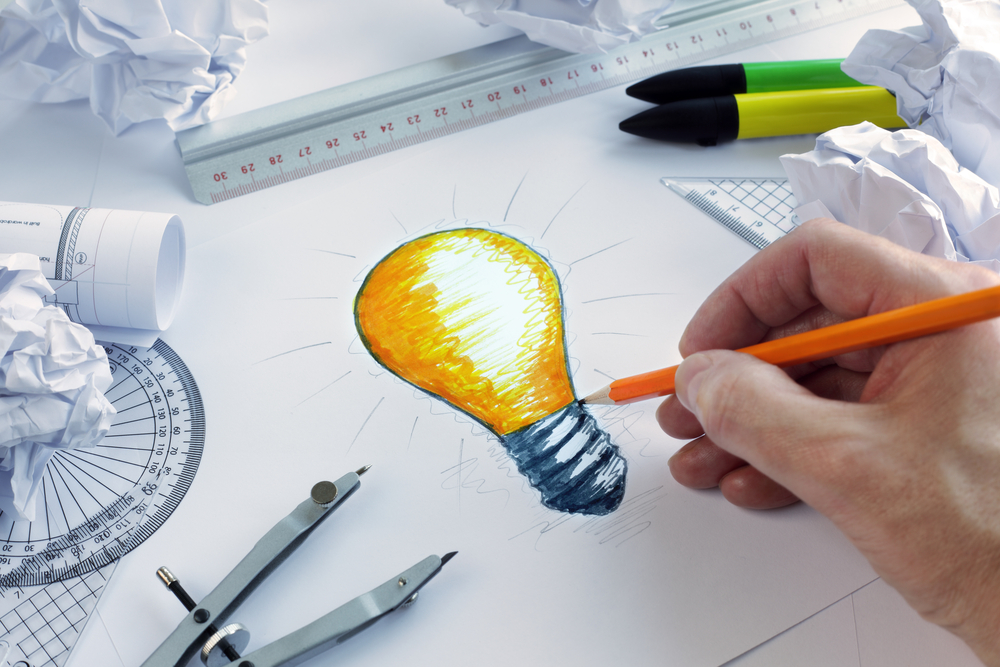Designing Medical Devices for Commercial Success

A healthcare startup CEO quoted wisely that “great medical technology does not necessarily lead to a sellable medical technology”. The market does not immediately fall head over heels with new medical device technology. Technological pursuits, debates and accomplishments among research circles do not necessarily include the voice of the market. Even if market acceptance of new technology can been proven, the ultimate buying factor is to get the market excited about it. If a new medical device innovation does not make a physician sit up at the edge of his seat, very likely it may not be better off than existing technology. A good idea may draw a few impressed nods and smiles, but certainly, not enough for hospitals to part with tens or hundreds of thousands in precious cash. With a few free units on offer, they may agree to give it a try and complete clinical data forms. It is, therefore, not uncommon to hear startups at the Go-To-Market stage cry out, “Why are hospitals not buying our medical device?”.
Welcome to the commercial world
Questions about the marketability of new medical device technology should be asked as early as at the design planning and input stages. The US FDA design control guidance specifies user and patient needs as vital in building “a solid foundation of requirements” in the design process. Inarguably, new medical device technology borne out of research has brought enormous progress in healthcare in our century. One must, however, note that the proliferation of new technology at incremental prices and diminishing value gives little elbow room for competition. According to a report by McKinsey & Company, “Design to Value” can help get costs under control and deliver what customers value”. The report also states that for a new medical device to succeed, the product development processes should include factors that drive purchasing decision-making as well as what customers perceive as value.
- How to Manage Investment Cash Flow and Maximise ROI for Small Businesses
- 5 Things Telemedicine can Learn from Kaizen
- Investors’ Advice to Startups in Lean Times
Pre-design due diligence – Targeted product design
Defining, measuring and analysing user needs, customer value-perception, cost concerns, technological trends and gaps, existing intellectual property, health trends and cultural norms in therapeutic practice should be part of the design and development plan. Data gathered from this exercise would then be documented as part of the design input, to create high-level product specifications and verified for conformity with customer needs at the design output stage. A well-conducted market-targeted pre-design due diligence will drive downstream decision-making in material selection – plastic or metal, need for interconnectivity, manufacturing process, whether the product is a single-use or reusable device, sterilisation process, shaping an indelible value proposition, include basic or advanced features, whether the product is mobile or fixed, and but not the least, testing, feasibility study and validation strategies.
Problem or Alternative Solution
One fundamental question to ask is whether a medical device technology actually solves a persistent and aching clinical problem, or does it merely provide an alternative to an existing option. The difference is the former may be more successful in creating a buzz than the latter. This is not to say that alternative medical device technology is less salient. The far-reaching point here is whatever the angle of innovation, its value lies in the improvement it brings, and this improvement must be measurable, for example (this is not an exhaustive list):
- Cost reduction
- Increased survival rates
- Reduced surgery or consultation duration
- Increased recovery rates
- Increased patient adherence
- Diagnostics accuracy
- Reduced re-hospitalisation
- Reduced manpower
- Reduced response time for care delivery
- Reduced infection
- Reduced complications
- Reduced space utilisation
- Greater mobility
Without an earth-shattering unique selling point, being able to present measurable and verified improvements for a new medical device technology will open more commercial opportunities.
Augmenting value through customer-centred design – The Future
There is now a surge towards deploying new technology in medical device applications, only to find that there are already many others in that space. Adopting a customer-centred focus in product design is an important precursor to evidence-based product development that would help very well in building strong market differentiation. It could potentially eliminate wrong market assumptions, reduce misunderstanding on value perceptions, reduce design re-working and increase market adoption. In healthcare, the customer is not only the patient, but also includes the healthcare organisation, the healthcare professionals and other support staff and systems that could be affected by process changes. The more targeted the market segmentation, the more value a medical device would bring to its customers, for example, based on demographics, location, disease or ailment, infrastructure, and other specific behaviours or preferences. With competition not getting any easier, a customer-centred design programme is the future of medical device design that above improving commercial success, will be more effective in changing customer behaviours and obtaining brand loyalty in the long run.
